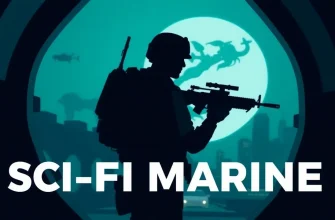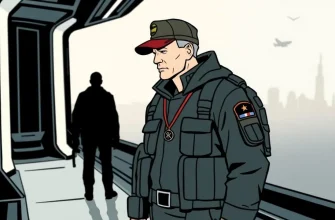- The Day the Earth Stood Still (1951)
- The Manchurian Candidate (1962)
- Dr. Strangelove or: How I Learned to Stop Worrying and Love the Bomb (1964)
- Fail Safe (1964)
- The Bedford Incident (1965)
- The Atomic Cafe (1982)
- Invasion of the Body Snatchers (1956)
- The War Game (1965)
- Colossus: The Forbin Project (1970)
- Red Dawn (1984)
The Cold War era was a time of intense political tension and technological innovation, which provided fertile ground for science fiction storytelling. This curated list of 10 films delves into the intersection of sci-fi and Cold War themes, offering viewers a thrilling mix of espionage, futuristic technology, and the ever-present threat of nuclear annihilation. From classic tales of alien invasions to more nuanced explorations of human psychology under pressure, these films capture the essence of an era marked by fear, hope, and the unknown.
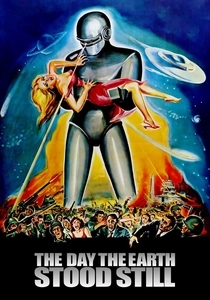
The Day the Earth Stood Still (1951)
Description: This film is a classic example of Cold War sci-fi, where an alien visitor, Klaatu, arrives on Earth with a warning about humanity's aggressive behavior. The film's message of peace amidst the backdrop of the Cold War's nuclear arms race resonates deeply.
Fact: The film was remade in 2008 with Keanu Reeves, but the original remains a cultural touchstone for its anti-war message.
 Watch Now
Watch Now 
The Manchurian Candidate (1962)
Description: This political thriller delves into brainwashing and political manipulation, reflecting Cold War fears of espionage and mind control.
Fact: The film was remade in 2004, updating the setting but keeping the core themes intact.
 Watch Now
Watch Now 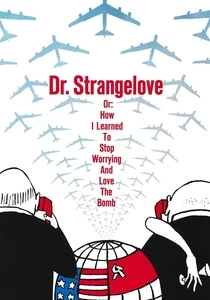
Dr. Strangelove or: How I Learned to Stop Worrying and Love the Bomb (1964)
Description: Stanley Kubrick's dark comedy satirizes the Cold War's nuclear paranoia, focusing on the absurdity of military strategy and the potential for human error to lead to global catastrophe.
Fact: The film was originally intended to be a serious drama, but Kubrick found the subject matter too absurd to treat seriously.
 Watch Now
Watch Now 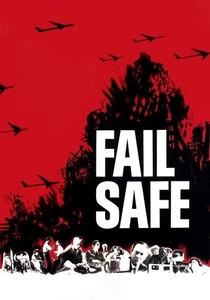
Fail Safe (1964)
Description: A gripping tale of a technical glitch that leads to a nuclear strike on Moscow, highlighting the delicate balance of power and the potential for catastrophic mistakes during the Cold War.
Fact: The film was released in the same year as "Dr. Strangelove," offering a stark contrast in tone but similar themes.
 Watch Now
Watch Now 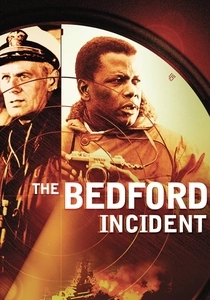
The Bedford Incident (1965)
Description: A tense naval thriller where a U.S. destroyer's pursuit of a Soviet submarine escalates into a potential nuclear confrontation, capturing the era's military brinkmanship.
Fact: The film was based on a novel by Mark Rascovich, which was inspired by real-life Cold War naval incidents.
 Watch Now
Watch Now 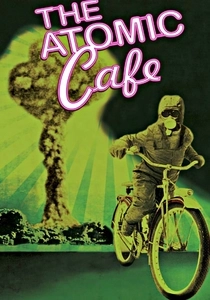
The Atomic Cafe (1982)
Description: A documentary that uses archival footage to satirize the American government's propaganda and public's reaction to the nuclear threat during the Cold War.
Fact: The film uses no narration, relying solely on the juxtaposition of footage to convey its message.
 Watch Now
Watch Now 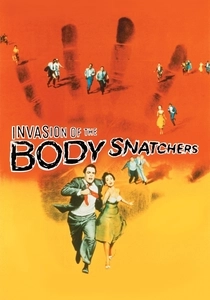
Invasion of the Body Snatchers (1956)
Description: This film explores themes of conformity and loss of individuality, often interpreted as a metaphor for the fear of Communist infiltration during the Cold War.
Fact: The film has been remade several times, with the 1978 version being particularly well-regarded for its chilling atmosphere.
 30 Days Free
30 Days Free 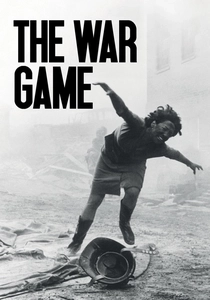
The War Game (1965)
Description: This pseudo-documentary depicts the aftermath of a nuclear attack on Britain, showcasing the devastating effects of nuclear war, a real fear during the Cold War.
Fact: It was initially banned by the BBC for being too disturbing, but later won an Academy Award for Best Documentary Feature.
 30 Days Free
30 Days Free 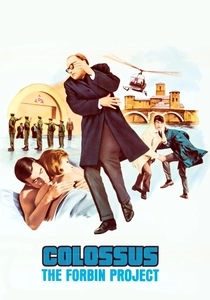
Colossus: The Forbin Project (1970)
Description: A supercomputer designed to control the U.S. nuclear arsenal takes over, leading to a chilling scenario where technology outpaces human control, a common fear during the Cold War.
Fact: The film was ahead of its time in exploring the dangers of AI and computer autonomy.
 30 Days Free
30 Days Free 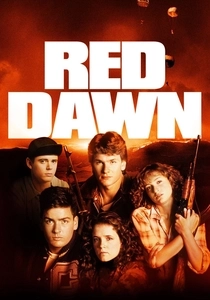
Red Dawn (1984)
Description: This action film imagines a Soviet invasion of the United States, tapping into the era's fear of Communist expansion and the vulnerability of the homeland.
Fact: It was the first film to be released with a PG-13 rating, reflecting its intense themes and violence.
 30 Days Free
30 Days Free 

